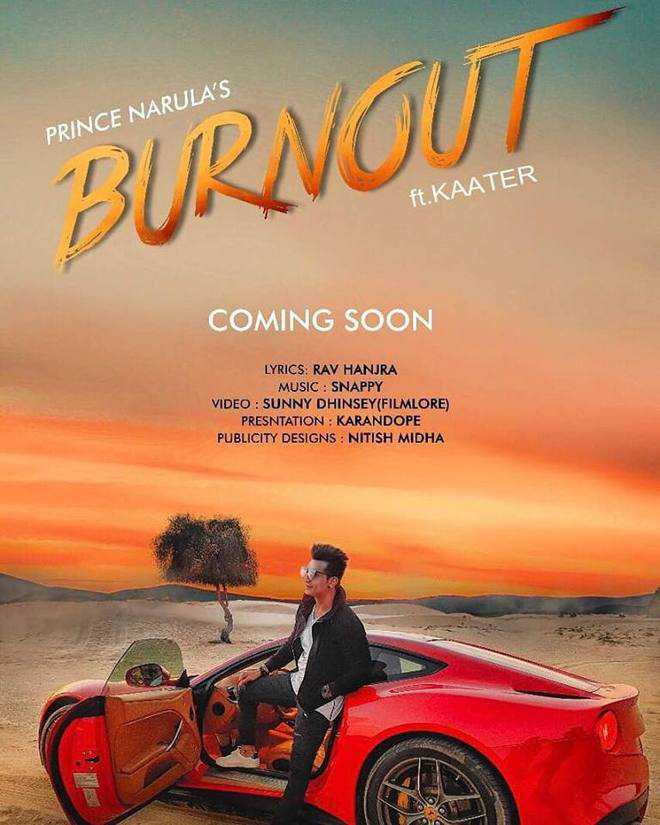Amarjot Kaur
Chandigarh’s independent rap music is on the verge of asserting its cultural identity through the voices of slum-dwellers, inmates of rehabilitation colonies and impoverished chambers of working-class heroes.
Grabbing his big break in Punjabi music industry, Kaater R, a resident of Sector 56, bedazzled Diljit Dosanjh with his plucky spit (a freestyle rap) and landed a gig in a song from his recently released album, Confidential.
Not far behind, rappers from Daddu Majra, Ram Darbar and Maloya are waxing lyrical about the city’s gully linguistics. Me’Kool, a self-taught audio engineer and music producer, has set up a basic recording studio in Maloya. In 2013, he flung open the doors of his studio to underclass outcasts and school dropouts, nurturing the talented crop of struggling, underprivileged
rappers from the city’s fringe societies.
Star trap
Rohit Kumar aka Kaater R, 22, had been rapping here for about nine years and owes his fortunate brush with Punjab’s music industry to his association with Snappy, the man behind the music of Confidential.
“I rapped in the song called Pain, the lyrics of which I wrote a few years ago. The song was co-written by lyricist Rav Hanjra,” he says. Kaater’s also signed with an online marketing company, called Hype Digital, which puts him through to big artistes.
This year has been quite fruitful for Kaater. “I did a song Warning with A Kay and High Standard with Punjabi model Himanshi Khurana. Also, Burnout with Prince Narula is in
the pipeline.”
Essentially into trap music, Kaater is presently yielding to the demands of music purveyors. His original compositions mirror the harsh realities of the neighbourhood he lives in. “Music producers want something ‘different’, not something that’s frightfully realistic or personal.”
Sounds from the slums
Punjabi labels Yaar Anmulle Records and Amar Audio picked two of the songs, Crazy Look and Favour, recorded at Me’Kool’s music studio in Maloya. For 22-year-old Mukul, it’s a cultural revolution of sorts. “You know, how blacks started their own R&B, hip-hop radio stations when white men and rock and roll dominated the music scene? Some 17 rappers record their music here, since 2013, sometimes even free of cost. Most of them are from slums and colonies on the outskirts of Chandigarh—that’s where the gully rap is prospering,” he says.
Me’Kool is working on his album, Kalolpur that features two songs by 18-year-old Harsh Bidala aka Stone, a high-school dropout. “I have been in the city’s rap scene for two years. In this album, I have sung Rapta and Kalolpur. I also rap about slangs city folks use, like bawa, babay, sayi ae and stuff like that. That’s our local lingo!”
Rahul Chnaliya (21) goes by the stage name The RS and works as delivery boy for Jabong and Myntra. He puts up in Daddu Majra and is the only breadwinner in his family after his father’s death.
“I started rapping in 2011, inspired by Bohemia and Badshah,” he says.
Daddu Majra’s Rajesh Sood aka R Sonic too dropped out from school four years ago. Jobless at 20, he belted out four singles in two years. “We see life from close quarters and spit it as we see it here in colonies—that’s rap; music of the oppressed!”
Me’Kool, a fan of rappers Naezy and Divine, is quite optimistic about the city’s rap scene. “Popular rapper Divine, the kid from Mumbai’s slums, is my biggest inspiration. Fame always finds talent. With Internet, it’s easier,” he says.
Here’s to the small-town folks who dream big and sometimes, while sailing close to the winds, chart out innovative routes to recognition.
amarjot@tribunemail.com
Unlock Exclusive Insights with The Tribune Premium
Take your experience further with Premium access.
Thought-provoking Opinions, Expert Analysis, In-depth Insights and other Member Only Benefits
Already a Member? Sign In Now










